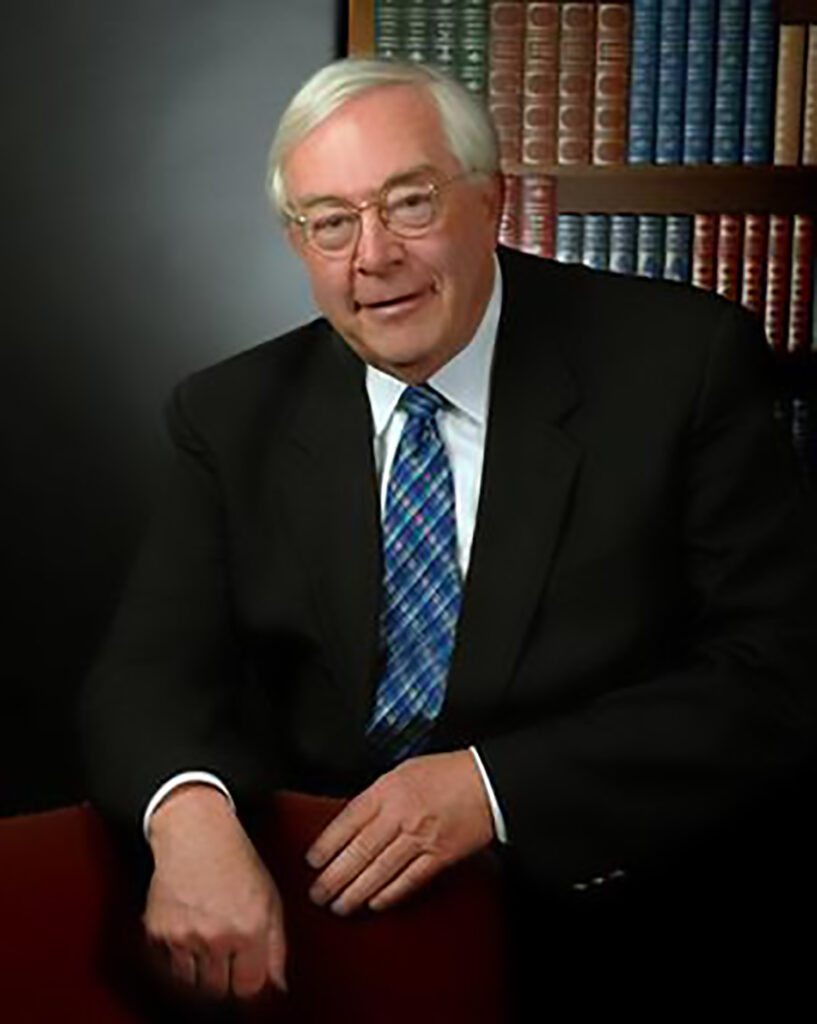
February is Black History Month and it offers an opportunity to think about history from your own ethnic point of view and how it relates to Black History.
For example, in Denver in the mid-1920’s, when the KKK ran Denver and Colorado, my grandmother Nora Flaherty was horrified that someone would sacrilegiously burn a cross in front of St Dominic’s Church just down the block on 25th and Grove. The Klan had strength in North Denver. Anglo Saxon Americans were threatened by ethnic Irish, Italians, Germans, and Hispanics who started moving into North Denver. It was the whole “Northside against the world.” The Northside showed solidarity with Black and Jewish neighborhoods of Denver when they tried to recall Mayor Ben Stapleton who was rumored to be the Klan’s candidate in the 1925 municipal election. He began appointing Klan members to city posts, and was quoted by Tom Noel in his excellent book on Denver’s history, “Denver: Mining Camp to Metropolis”: (originally in The Denver Post) Stapleton said he would “work hand and glove with the Klan on their agenda for Denver and Colorado.” Stapleton’s recall was the only mayor’s recall in our city’s history. And when the Klan actually knew who their candidate was, he won by thousands more votes despite the hard work of those opposed to him and all the Klan’s municipal shenanigans.
Legislators from North Denver in mid-1920’s were in the Klan. They supported a bill to ban wine at religious services in Colorado. But the Klan aiming their “no wine” bill at Catholics and Jews forgot that Episcopalians and Lutherans also used wine at religious services, so that bill died.
A Wazee street restaurant served “fish every day but Friday.” True Americans in Denver could bring their laundry to the Kozy Klean Kleaners.
There were Klan members in the Denver Fire Department when my dad, Bill Gallagher began working for the department in the late 1930’s. My dad, a North High grad, was the fourth firefighter hired that year. And on his first day on the job at Barnum Firehouse, a fellow firefighter welcomes him with, “Gallagher, you Irish Catholics stay on the North side of the truck, we Kluxers will stay on the South side of the truck.” After the shift, my dad took the firefighter Kluxer out to the parking lot and “cleaned his socks off.” He told me there was never again a mention of the Klan in that still single truck fire house in Barnum.
To see how the system pitted African Americans and other ethnic workers against each other to “keep America great” and keep wages low back then, read Harvard-educated Noel Ignatiev’s “How the Irish Became White.” It reminds us that when Irish started working on plantations in the south, slaves were told by the slave owners, “if there is anything dangerous to be done, let those paddies do it.” The Irish were not worth anything. We can just throw their bodies in the lime pits. Ignatiev researched plantation owners’ diaries and one wrote that he heard his slave on the veranda offer an unusual prayer. “Lord, let my master not be a tyrant today and treat me as though I was a common Irishman.” Ignatiev points out how Today, West 50th Avenue, between Lowell and Federal, is a beautiful well, manicured tree-lined parkway called Regis Parkway. It was designated a parkway in the early 1900’s but it took until the mid-1950’s, when Fr. Richard Ryan S. J., president of Regis got Irish Mayor Currigan to appoint him to the parks board to get the designation funded. For years, the Kluxers on city agencies did all they could to block the Jesuits at North Denver’s Catholic college from having a nice parkway.
When door belling for John F. Kennedy in North Denver in 1960, people told me they would never vote for an Irish Catholic. They told me they did not want the Pope telling the president how to vote.
When my grandfather Bill Gallagher, Sr., an immigrant from Ireland, took the test to work on the old Moffat Railroad in the early 1900’s where the Balfour on 15th Street is now, he got 100% on the test. So the overseers at the company ruled that this Irishman must have cheated, as “no one ever gets 100% and he should take the tests again. We’ll watch him this time.” My granddad got 100% again. “Maybe we need this guy on our railroad,” they said. While he told this story of this minor ethnic slight, he shared that it did not compare to the incessant insults to African and Hispanic American workers who worked at the railroad. In his later years, my grandfather warned me that the “Anglo-Saxons are always looking for ways to get your job. Dennis, you have to work twice as hard, and you can never be late.” I still have that tape playing in my ear. My grandfather’s story was his way of showing ethnic solidarity with workers of other ethnicities, Hispanic, Asian and African Americans.
Martin Luther King, Jr., in his famous “Letter from Birmingham Jail” tells us that we are all inextricably tied together in our work for racial justice. These stories from our Northside neighborhoods show how true his comment is as we reflect on Black History Month this February.
The Honorable Dennis Gallagher is a former city auditor, city councilman, state senator and state representative. He’ll be sharing thoughts and stories from North Denver’s past and future in his reoccuring column in The Denver North Star.

Thanks for another great Gallagher article. It reminds me of Arnold Scheitler (Bill’s dad )helping me get a job on the Union Pacific railroad in 1964. Black men were finally being allowed to work in the engines under pressure of the Civil Rights Act. We generally worked the night shift at the North Denver yards. Thank goodness for many changes.